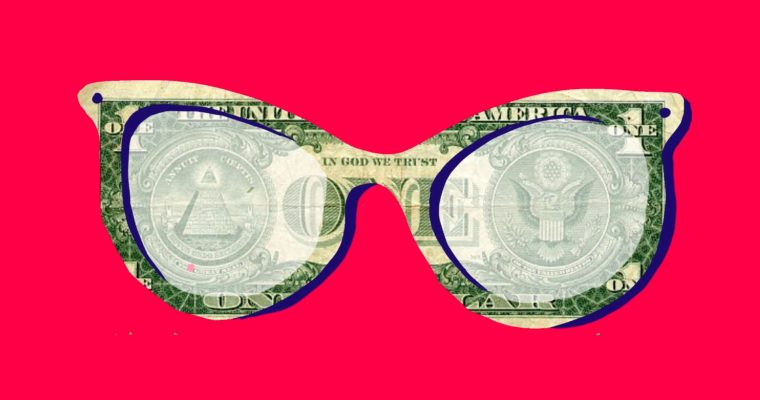“You are a side effect,” Van Houten continued, “of an evolutionary process that cares little for individual lives. You are a failed experiment in mutation.”
― John Green, The Fault in Our Stars
By Elham Saeidinezhad | The anxieties about large financial corporations’ debt-funded payouts—aka “stock buybacks”—are reemerging a decade after the financial crisis. Companies on the S&P 500 have poured more than $5.3 trillion into repurchasing their own shares since 2010. The root cause of most concerns is that stock buybacks do not contribute to the productive capacities of the firm. Indeed, these distributions to stockholders disrupt the growth dynamic that links the productivity and pay of the labor force. Besides, these payments that come on top of dividends could weaken the firms’ credit quality.
These analyses, however, fail to appreciate the cascade effect that will hurt the dealers’ liquidity positions due to higher stock prices. Understanding this side effect has become even more significant as the share of major financial corporations, including JPMorgan, is trading at records, and are getting very expensive. That high-class problem should concern dealers who are providing market liquidity for these stocks and establishing short positions in the process. Dealers charge a fee to handle trades between the buyers and sellers of securities. Higher stock prices make it more expensive for short selling dealers to settle the positions by repurchasing securities on the open market. If stocks become too high-priced, it might reduce dealers’ ability and willingness to provide market liquidity to the system. This chain of events that threatens the state of market liquidity is missing from the standard analysis of share buybacks.
At the very heart of the discussion about share buybacks lay the question of how companies should use their cash. In a buyback, a company uses its cash to buy its own existing shares and becomes the biggest demander of its own stock. Firms usually repurchase their own stocks when they have surplus cash flow or earnings, which exceed those needed to finance positive net present value investment opportunities. The primary beneficiaries of these operations are shareholders who receive extra cash payments on top of dividends. The critical feature of stock buybacks is that it can be a self-fulfilling prophecy for the stock price. Since each remaining share gets a more significant piece of the profit and value, the companies bid up the share values and boost their own stock prices. The artificially high stock prices can create liquidity and settlement problems for the dealers who are creating a market for the stocks and have established short positions in the process.
Short selling is used by market makers to provide market liquidity in response to unanticipated demand or to hedge the risk of a long position in the same security or a related security. On the settlement date, when the contract expires, the dealer must closeout—or settle—the position by returning the borrowed security to the stock lender, typically by purchasing securities on the open market. If the prices become too high, they will not have enough capital to secure their short sales. At this point, whoever clears their trade will force them to liquidate. If they continue losing money, dealers face severe liquidity problems, and they may go bankrupt. The result would be an illiquid market. To sum up, in recent years, buybacks by public firms have become an essential technique for distributing earnings to shareholders. Not surprisingly, this trend has started a heated debate amongst the critiques. The problem, however, is that most analyses have failed to capture the effect of these operations on dealers’ market-making capacity, and the state of market liquidity when share prices become too high.
Elham Saeidinezhad is lecturer in Economics at UCLA. Before joining the Economics Department at UCLA, she was a research economist in International Finance and Macroeconomics research group at Milken Institute, Santa Monica, where she investigated the post-crisis structural changes in the capital market as a result of macroprudential regulations. Before that, she was a postdoctoral fellow at INET, working closely with Prof. Perry Mehrling and studying his “Money View”. Elham obtained her Ph.D. from the University of Sheffield, UK, in empirical Macroeconomics in 2013. You may contact Elham via the Young Scholars Directory

One thought on “Is the Recent Buyback Spree Creating Liquidity Problems for the Dealers?”
Comments are closed.